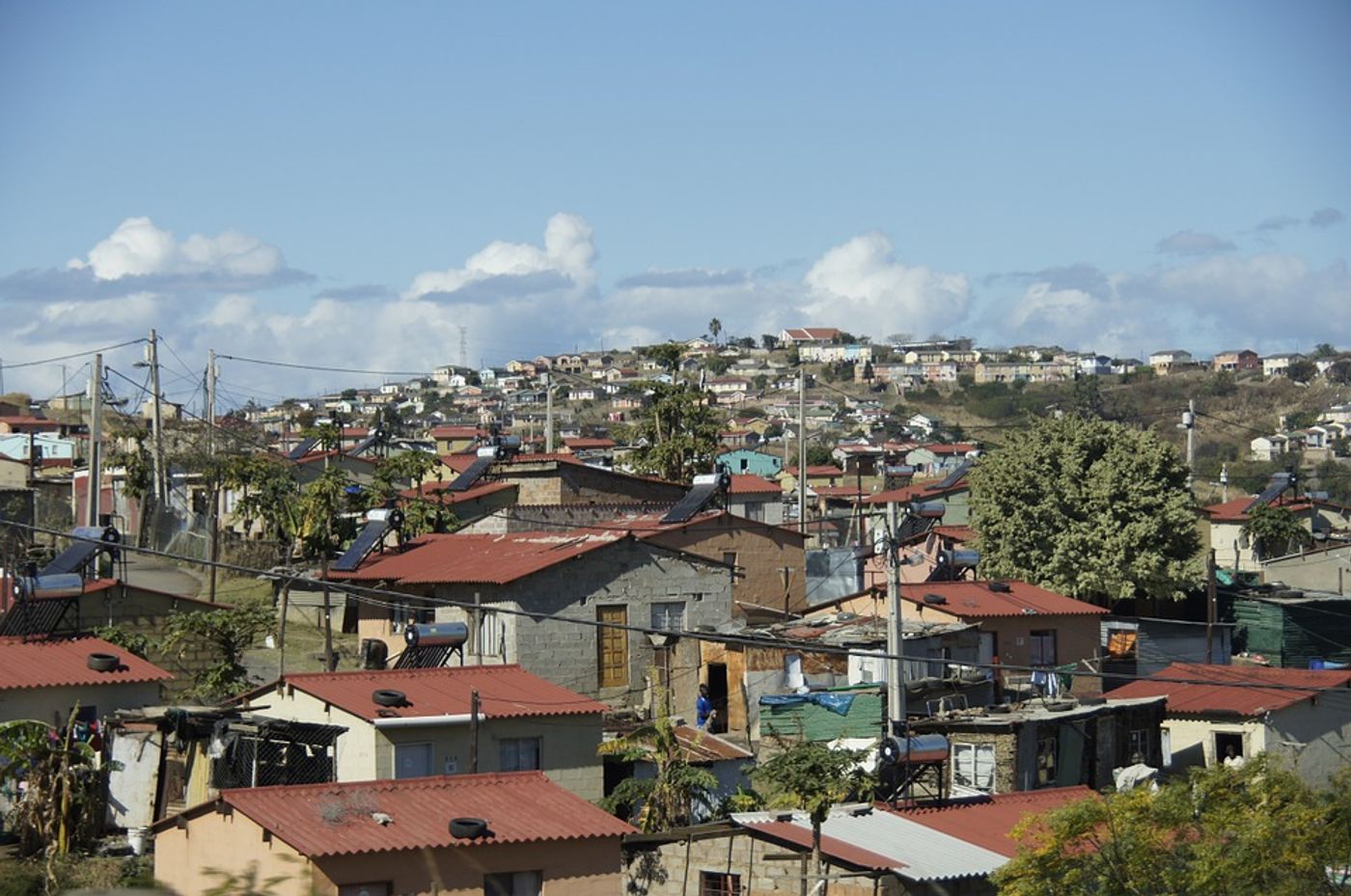Bringing Cardiovascular Care to Rural Communities
We all know that timely access to healthcare is fundamental to good health. Still, rural residents at home and abroad face a multitude of barriers. Today, many rural communities around the globe still lack the basic resources needed to provide adequate cardiovascular care. In the most remote areas, small clinics may even lack the infrastructure to safely house and deliver any such care.
Even when healthcare services are brought to these communities barriers remain. For example, to take advantage of such services, rural residents must also have the financial resources or adequate health insurance to pay for them. They also require means to access said services such as medical transportation programs or efficient public transport networks.
Patients also need support from their employers so that they may request paid time off to seek care without falling behind financially. At the minimum, workers need protections to ensure they will not be fired for seeking medical treatment so they may do so without fear of risking their livelihoods altogether.
In addition, there need to be standard practices in place to ensure the protection of patient privacy and to convince patients they can be confident in the quality of care they are receiving. In communities straddling traditional healing and modern medicine the issue of effectiveness of the care received is paramount.
Additionally, many healthcare providers in global rural communities lack any sort of medical certification and standards of care have yet to be established. How then can those concerned with a global public health best provide for communities in need?
One of the strategies for supporting healthcare in rural communities is through clinic affiliations with larger medical networks. For example, clinics in rural locations may benefit from choosing to affiliate with larger hospitals in nearby metropolitan areas that can provide training, staff, supplies and other forms of support. And in being associated with a larger hospital, small clinics also benefit from an enhanced patient perception. Those who previously may have questioned the quality of care they would be receiving, and therefore foregone treatment, may be more likely to seek treatment if they know their clinic is supported by a more substantial treatment center.
Partnerships between rural communities and larger metro-area hospitals also provide the opportunity for the use of telehealth. This solution is being increasingly used in remote locations to provide the area with the expertise of specialist practitioners.
Telehealth allows technicians, who require only low-levels of training, to administer EKGs, blood tests and more to patients in their home communities. This can be done with minimal supplies and in any location at a relatively low cost. Results from those tests are then able to be interpreted by specialists from anywhere in the world without patients having to travel from their homes. Once a preliminary diagnosis is made, the patient with their provider can make informed treatment decisions.
In the above video, Dr. Charit Bhograj discusses how the needs of cardiovascular patients are being met in one small community in rural India through the use of telemedicine.
Sources: Fortune, Rural Health Information Hub












